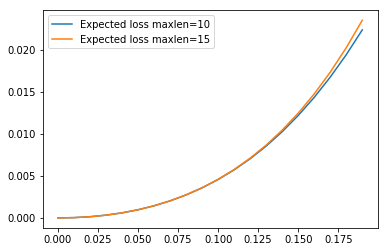Many algorithms, especially PoS but ultimately PoW as well due to difficulty adjustment, rely on messages to be broadcasted at particular times, and so the protocols tend to enforce a rule that if a message, implicitly or explicitly, specifies some timestamp T, then another node will not process that message until the node’s local clock reaches T, or possibly T+k for some k (~2 hours in the case of bitcoin). Question: is the rule that, if a node receives a message with intended time T, at local clock time T’ < T, it should ignore the message until its own local clock time reaches T, a game-theoretic equilibrium?
Clearly, at the extreme where clock time disparity and network disparity are zero, it is, because the time a message was sent is common knowledge and so it can be thought of as a tag attached to the message itself. But what if there are perturbations in both cases? Clearly, if one node perceives that its clock is earlier than that of every other node, it will likely have the incentive to adjust its clock forward to match everyone else’s, and if a node perceives that its click is later than that of everyone else, it will similarly want to adjust backward. Such a clock homogenizing force seems by itself benign.
But are there possibly less benign incentive effects that could show themselves? For example, what if it’s the case that, in some particular chain-based PoS algo, a node has an incentive to accept and process blocks ~100 milliseconds before it’s supposed to accept and process them, because of some asymmetry in waiting too early versus waiting too late, and every node has this incentive? Then, every node will start accepting blocks 100 milliseconds earlier, and at that point a node will start having the incentive to accept and process blocks 200 milliseconds before the intended time, and so on and so forth. And once everyone’s used to adjusting 100 milliseconds per day, some nodes will start anticipating everyone else’s changes and will start adjusting 200 milliseconds per day. Could small perturbations like this over time cause the equilibrium to eventually unravel and lead to no timestamp enforcement whatsoever?
This seems like the sort of thing that there has not yet been sufficiently formally modeled or researched, and could benefit from more such research.
